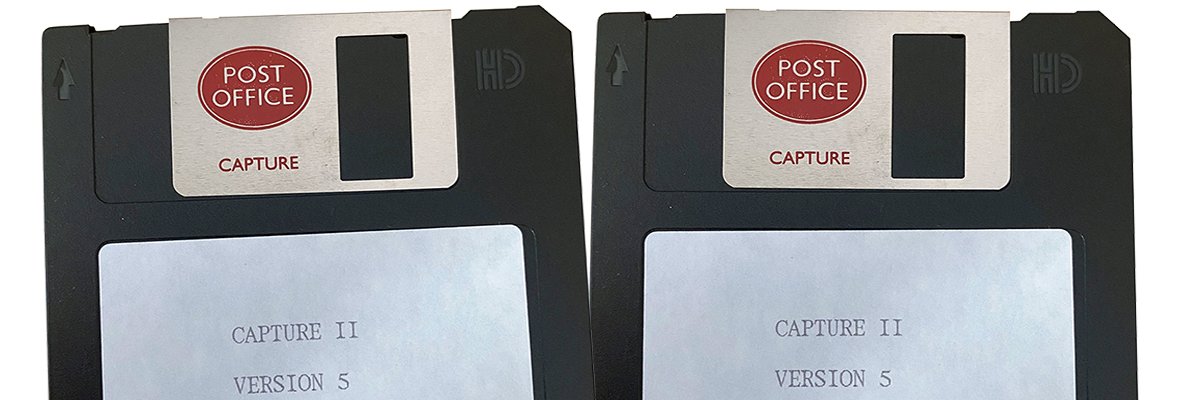times for flex PCB fabrication
Flex circuits are used for a variety of purposes, such as in wearables or automobiles. They can be bent or shaped to match the shape of the device they are going to be in. Because of this, they require more complex manufacturing processes than rigid boards. In addition, they can include multiple layers and have a complex layout. Therefore, their production time is longer than that of rigid boards.
Designing the PCB Layout: The layout of the flex pcb fabrication is designed using PCB design software according to the expected mechanical and electrical requirements. This involves laying out the placement of components and the routing of the traces. It also includes the use of pads and vias to connect the traces to each other.
Printing the Copper Layers: Once the layout has been designed, output files are generated and sent to the fabricator for printing the copper layers. Then, they are etched using the same photochemical process that is used to etch rigid PCB cores. After etching, the layers are plated with copper, which makes them solid and stable. Drilling Holes: After the layers are plated, holes are drilled into them, which requires mechanical drilling. Then, the hole diameter is matched to the appropriate pad or via size. Finally, the hole is plated with copper to add mechanical support to the pad or via.

What are the typical lead times for flex PCB fabrication?
The cladding layer is a key component of a flex circuit, as it protects the circuit from damage and degradation due to excessive heat and vibration. It can be made from several materials, including polyimide, FR-4, and Kapton film. It is important to choose the correct cladding material for your application, as it will determine how much flexibility the flex circuit will have.
During the assembly process, the flex circuits are adhered temporarily to rigid boards made from FR-4 or a similar material. They are then placed in a jig and subjected to an electrical test. This test ensures that the flex circuit functions as it should. The jig is also used to check for any alignment issues or problems with the flex circuit connections.
Once the flex circuit is assembled and tested, it is ready for shipping. When the flex circuit is shipped, it is important to pack it in a protective sleeve to keep it safe from damage. The sleeve should also have a label with the part number and the name of the manufacturer. This helps to prevent confusion during the assembly process. Finally, it is a good idea to pack the flex circuit with padding to reduce any movement during shipping and storage. This will help to reduce the chance of any defects and improve the reliability of the finished product.




